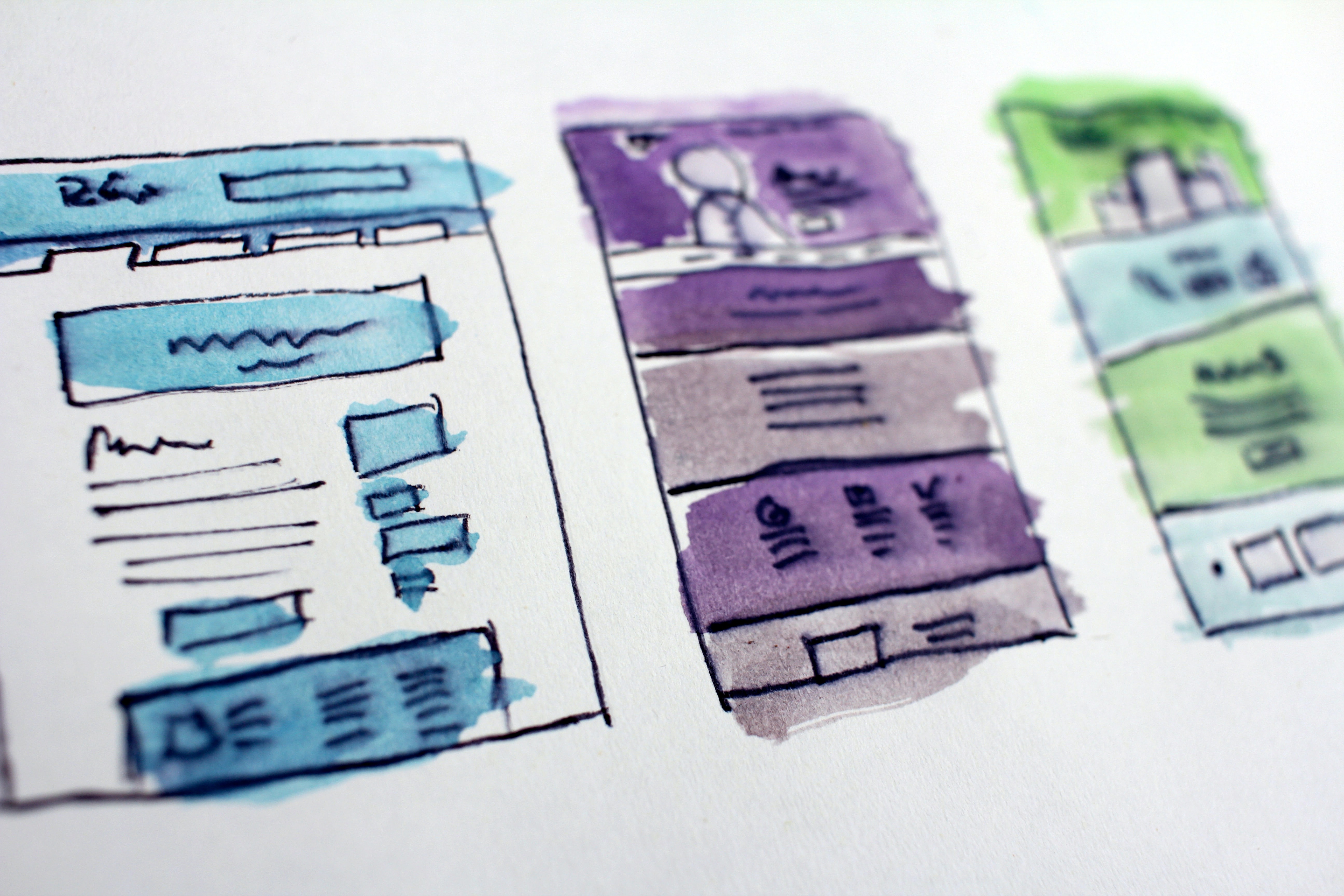Images are essential elements of any webpage. Few users are attracted by naked text. Illustrations help us grasp the gist of an article, and make a website pleasing to the eye. In e-stores, the quality of images may sway a visitor’s decision to buy a certain product. Finally, images are good for your Google ranking. Here is how.
Text with illustrations is always rated higher than without them. It is thus crucial to understand what makes image content good in the eyes of Google. Illustrations must be properly optimized, and image SEO is not a thing to overlook. So, how can you check your images fit the criteria for website success?
Why You Need Image SEO
There are two key objectives pursued here. First, the higher your images are in Google image search — the more likely the new visitors. Efficient SEO boosts visibility through images, too.
Secondly, the optimization of illustrations is an organic part of any SEO strategy. They allow website owners to generate content seen as high-quality. Eventually, connection with Google website ranking is direct. Here are twelve key aspects of wise image SEO.
1. Image Size
Pick reasonably large images, as these are favorable for SEO. Keep them at least 300 pixels wide on any one side. Thumbnails and any small-scale elements have a poor ranking effect. However, they may still serve as a smaller representation of images when the full-size version is displayed upon clicking.
2. File Size
While large images are better than small, the same does not apply to file sizes. Large-size choices hinder Googlebot crawling. They may also slow down your loading time. The faster your pages open — the better for your ranking.
3. Image Format
Your best bet is 4:3. Most often, users click on images of these proportions. Non-standard sizes — pictures that are much wider or higher — may not be displayed properly. A part of such an illustration may be cut off.
4. File Format
Stick to common choices: JPG for photos, and PNG for screenshots and graphics. GIF is also acceptable.
You can also checkout a detailed article by Scott on What is GIf?
5. File Name
This affects the position of an image in the search. At the same time, the search engine uses it to classify sites by subject. It is crucial to include necessary keywords following the actual content. The name must be its terse reflection. Steer clear of pointless combinations like ‘image005.png’.
When working on product images, follow the model designation for the product. Terms should be separated by dashes, and special characters are best avoided. For instance, an image of a pair of Puma sneakers could be titled “sneaker-puma-white-model456.jpg”.
6. Title Attribute
This is what users see as they move their mouse over a picture. Your title should be a brief description with the main keywords for the image. It is, however, more valuable for users than Google.
7. Alt Attribute
This element is also used for thematic classification. It defines what text is shown if the image cannot be loaded. Again, keywords and content reflection are essentials. Learn more about how to write SEO-friendly alt-text for your images here.
8. Image Content and Sources
Aside from matching the topic of the page, an image must be unique. Choose personalized illustrations, rather than stock photos. These will really give your site a boost. If you include infographics, make sure they are relevant and easy to follow. Repeated use of an image on a website may also be good for its ranking.
9. Surroundings
In addition to an image itself, always pay attention to its textual surroundings, including caption and subheading. As it helps Google identify the subject context, include crucial keywords for the company.
10. Position
Use images wisely. Do not include a picture that does not match the topic. If it doesn’t provide value to the user, discard it.
11. URL and Structure
Consider this link: www.estore.com/tablets/apple/ipad-air-v3.jpg. This structure of folders reflects the subject of the page. It complements the file name. Such images receive a higher ranking.
12. EXIF data
This includes details like the location of the shooting, a model of camera used, etc. It is contained in the header of an image file. The data can be added automatically or manually via image editors, but its effect on the ranking has not been confirmed to date.
Key Takeaways
These are the most crucial aspects to consider. Image SEO is based on a multitude of factors from image size and name to URLs and folder structure. No title can be random: it must reflect what is in the picture, and help evaluate your website by topic.
Work on each image to improve your ranking in the system. Make sure your titles and alt attributes include visual elements (e.g., ‘pink dress’). Do not be lazy: never copy the image title. Google will not let you get away with it. And if you think social media is killing the quality of your photos, Nick Church had done research on the myth and how to maximize the quality of photos on Facebook, please have a look: The Facebook Image Quality myth


